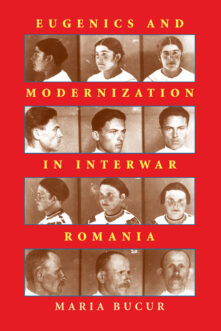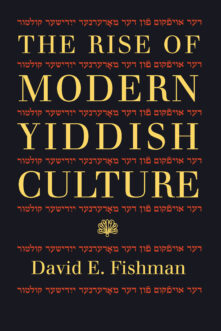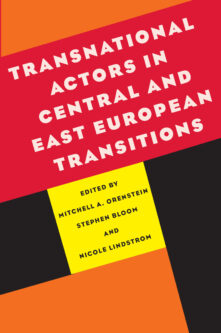Russian and East European Studies
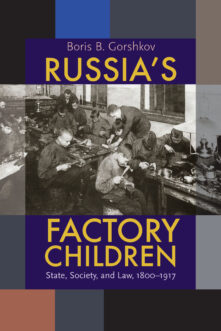

Russia’s Factory Children
State, Society, and Law, 1800–1917
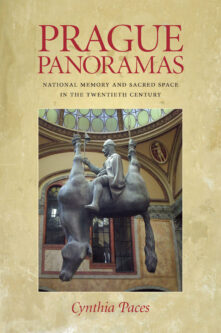

Prague Panoramas
National Memory and Sacred Space in the Twentieth Century
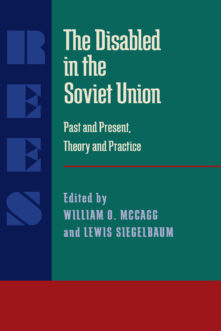

The Disabled in the Soviet Union
Past and Present, Theory and Practice
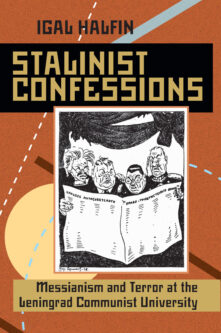

Stalinist Confessions
Messianism and Terror at the Leningrad Communist University
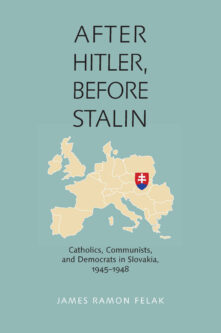

After Hitler, Before Stalin
Catholics, Communists, and Democrats in Slovakia, 1945–1948
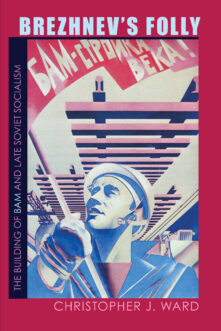

Brezhnev’s Folly
The Building of BAM and Late Soviet Socialism
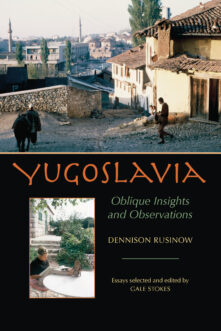

Yugoslavia
Oblique Insights and Observations
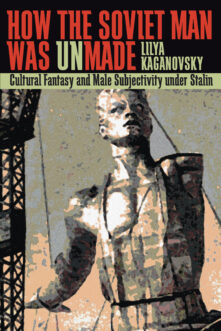

How the Soviet Man Was Unmade
Cultural Fantasy and Male Subjectivity under Stalin
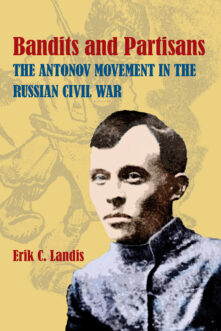

Bandits and Partisans
The Antonov Movement in the Russian Civil War
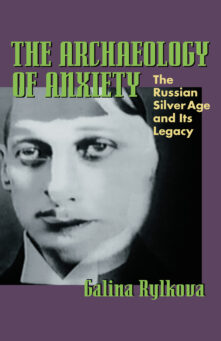

The Archaeology of Anxiety
The Russian Silver Age and its Legacy
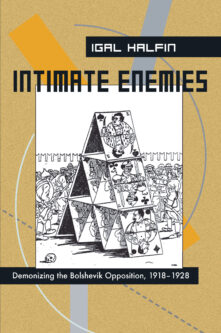

Intimate Enemies
Demonizing the Bolshevik Opposition, 1918-1928
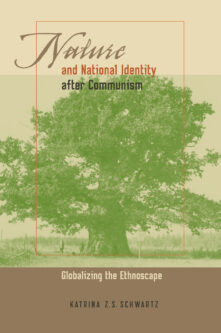

Nature and National Identity After Communism
Globalizing the Ethnoscape
Total 112 results found.


